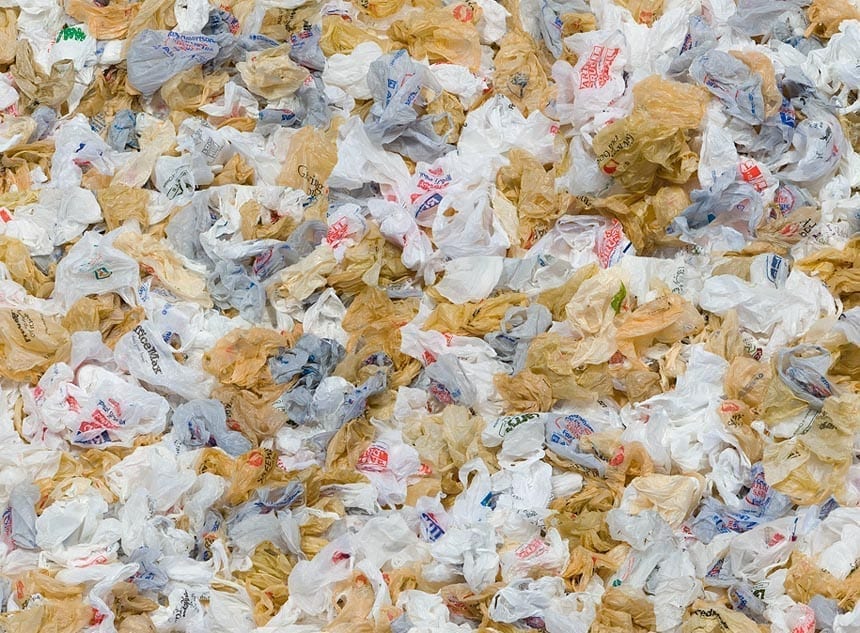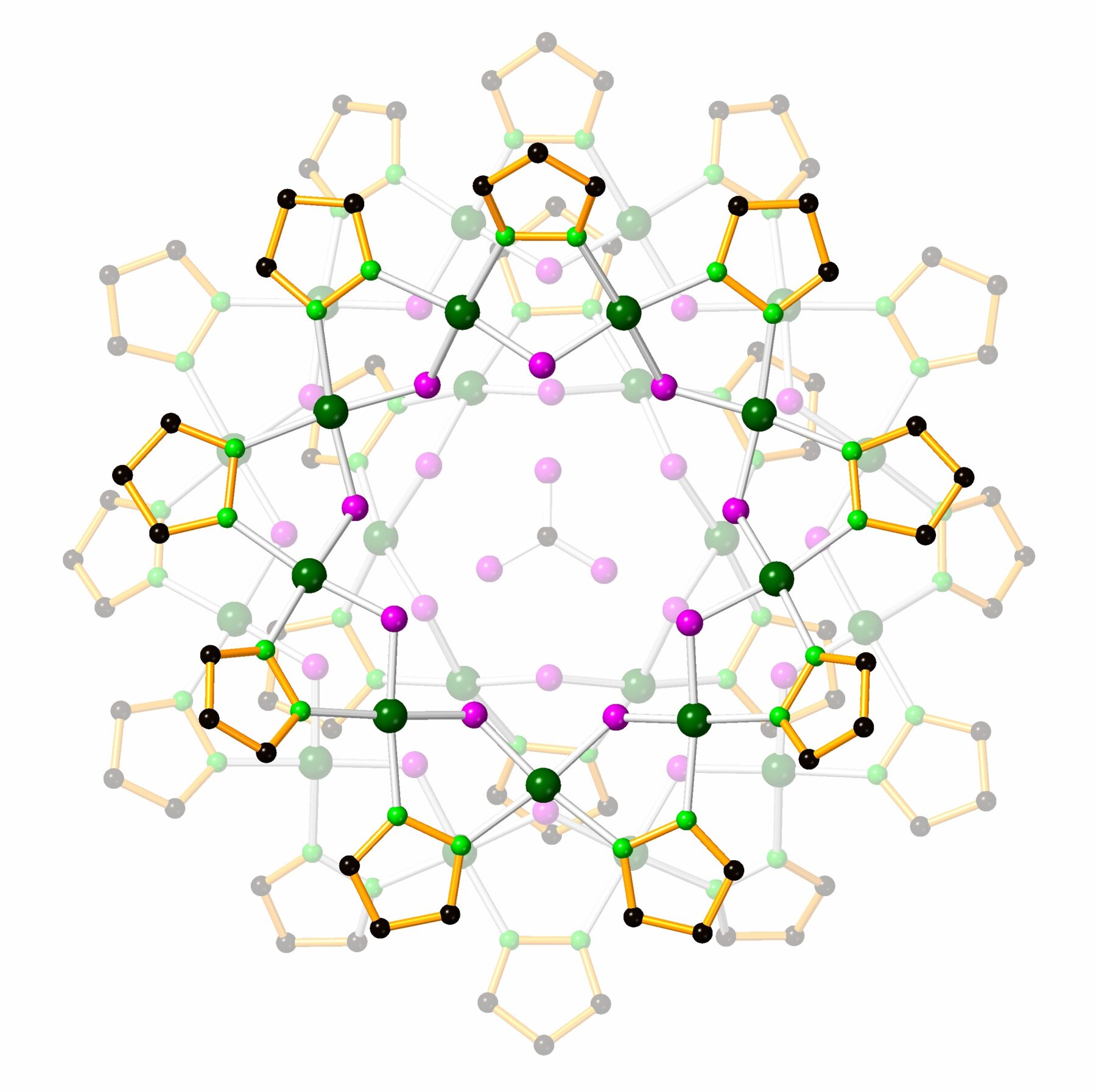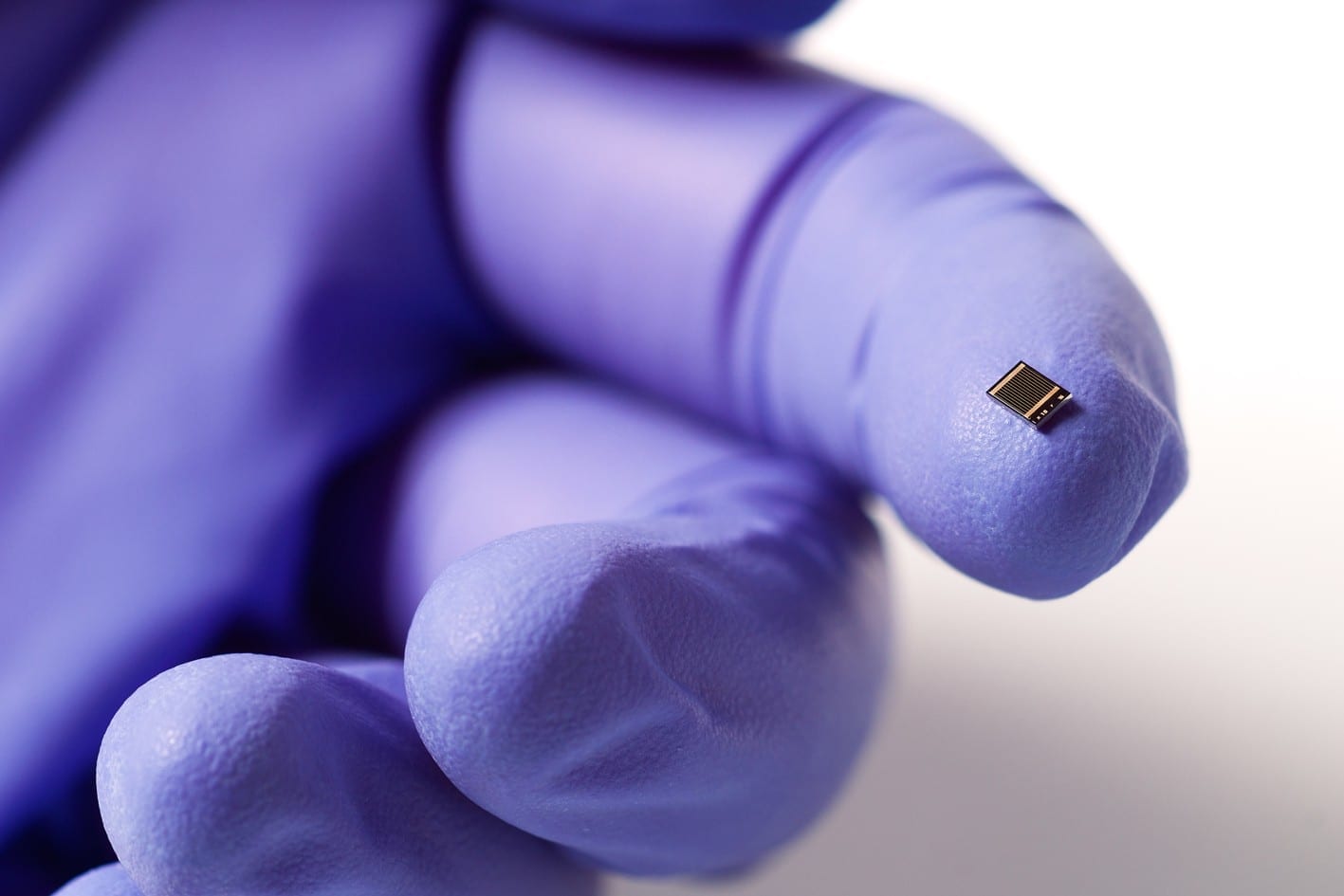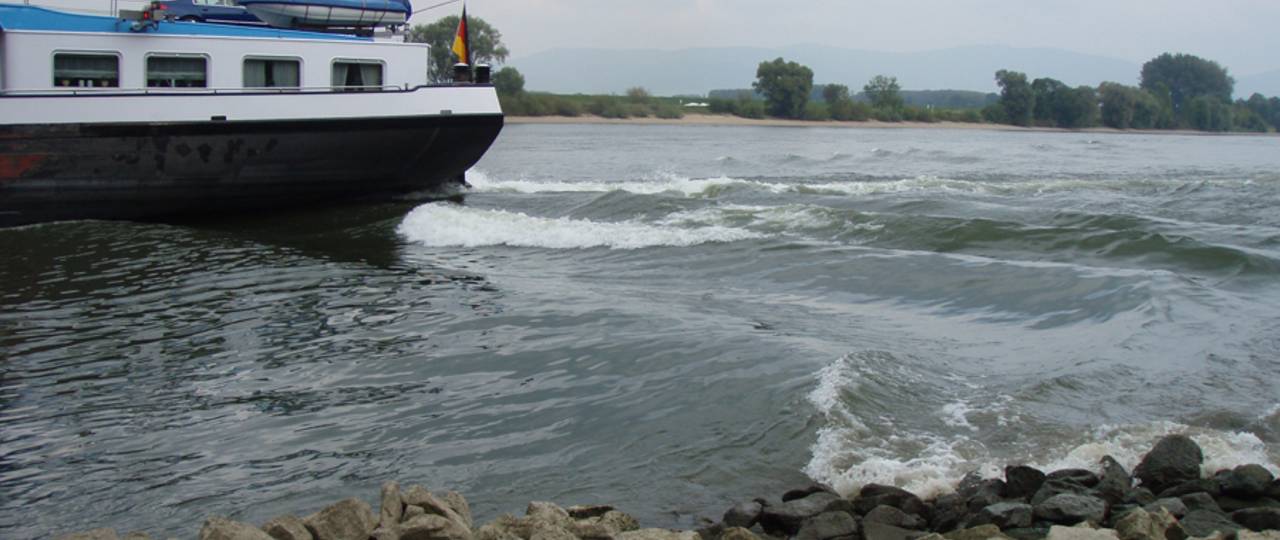
University of Adelaide researchers have developed a process for turning waste plastic bags into a high-tech nanomaterial.
The innovative nanotechnology uses non-biodegradable plastic grocery bags to make ‘carbon nanotube membranes’ highly sophisticated and expensive materials with a variety of potential advanced applications including filtration, sensing, energy storage and a range of biomedical innovations. “Non-biodegradable plastic bags are a serious menace to natural ecosystems and present a problem in terms of disposal,” says Professor Dusan Losic, ARC Future Fellow and Research Professor of Nanotechnology in the University’s School of Chemical Engineering. “Transforming these waste materials through ‘nanotechnological recycling’ provides a potential solution for minimising environmental pollution at the same time as producing high-added value products.”
Carbon nanotubes are tiny cylinders of carbon atoms, one nanometre in diameter (1/10,000 the diameter of a human hair). They are the strongest and stiffest materials yet discovered – hundreds of times stronger than steel but six times lighter – and their unique mechanical, electrical, thermal and transport properties present exciting opportunities for research and development. They are already used in a variety of industries including in electronics, sports equipment, long-lasting batteries, sensing devices and wind turbines.
The University of Adelaide‘s Nanotech Research Group has ‘grown’ the carbon nanotubes onto nanoporous alumina membranes. They used pieces of grocery plastic bags which were vaporised in a furnace to produce carbon layers that line the pores in the membrane to make the tiny cylinders (the carbon nanotubes). The idea was conceived and carried out by PhD student Tariq Altalhi.
“Initially we used ethanol to produce the carbon nanotubes,” says Professor Losic. “But my student had the idea that any carbon source should be useable.” The huge potential market for carbon nanotubes hinges on industry’s ability to produce large quantities more cheaply and uniformly. Current synthesis methods usually involve complex processes and equipment, and most companies on the market measure production output in only several grams per day. “In our laboratory, we’ve developed a new and simplified method of fabrication with controllable dimensions and shapes, and using a waste product as the carbon source,” says Professor Losic. The process is also catalyst and solvent free, which means the plastic waste can be used without generating poisonous compounds.
Read more . . . via University of Adelaide
The Latest Bing News on:
Nanotechnological recycling
- Here’s Why a Closed Loop Is Key for an EV Futureon April 22, 2024 at 10:48 am
Redwood Materials expands its battery recycling operations in the US, all aimed at recovering useful metals and materials from scrapped EVs. The company's operations produce 70% less CO2 emissions ...
- You Might Be Recycling Your Plastics the Wrong Way. What to Knowon April 22, 2024 at 9:30 am
Katie is a writer covering all things how-to at CNET, with a focus on Social Security and notable events. When she's not writing, she enjoys playing in golf scrambles, practicing yoga and spending ...
- Some researchers say plastic recycling is a 'fraud' — What do we do now?on April 21, 2024 at 5:00 pm
Find it on Apple Podcasts, Spotify, or wherever you get your podcasts. When I called Wayne DeFeo and told him I was considering giving up on recycling plastic, I received the kind of blunt pushback ...
- Roanoke's recycling program faces challengeson April 21, 2024 at 2:08 am
At a time when the statewide recycling rate was 43%, the percentage in Roanoke dropped to nearly half that level. The city’s recycling rate — measured by the amount of paper, cardboard ...
- AI could help the US be less terrible at recyclingon April 18, 2024 at 6:28 am
It's well known that the US is bad at recycling. Companies don't make enough recyclable containers and packaging, and people are confused about what can go in the blue bin. A patchwork of state ...
- Recycling and Waste Newson April 14, 2024 at 5:00 pm
with implications for critical materials recovery and recycling, and environmental ... Apr. 16, 2024 — Scientists have found a way to transform metal waste into a highly efficient catalyst to ...
- Critics call out plastics industry over "fraud of plastic recycling"on April 14, 2024 at 6:53 am
Davis Allen, an investigative researcher with the Center for Climate Integrity, said the industry didn't need for recycling to work: "They needed people to believe that it was working," he said.
- Firefighters battle blaze at Opa-locka recycling centeron April 12, 2024 at 6:06 pm
MIAMI - Several Miami-Dade fire engines responded to a first-alarm fire at an Opa-locka recycling plant Friday afternoon. The call came in shortly before 3:30 p.m. at the recycling center located ...
- Recycling habit needs a booston April 8, 2024 at 5:00 pm
PETALING JAYA: While Malaysia aims to achieve a national recycling rate of 40% by 2025, the recycling performance of Malaysians is still low, standing at around 33.17% in 2022. To boost recycling ...
The Latest Google Headlines on:
Nanotechnological recycling
[google_news title=”” keyword=”nanotechnological recycling” num_posts=”10″ blurb_length=”0″ show_thumb=”left”]
The Latest Bing News on:
Waste plastic bags
- Scientists have figured out way to make algae-based plastic that completely decomposeson May 11, 2024 at 3:00 am
Scientists may have found the answer to manufacturing plastics products that actually break down without forming into microplastics.
- Only 60% of plastic waste generated in Karnataka recycledon May 10, 2024 at 2:31 pm
Karnataka has 143 recycling units with a capacity to recycle 2.10 lakh tonnes of plastic per annum or 57.27% of the total waste generated. The state is sending tonnes of non-recyclable plastic every ...
- We’re environmentalists: America’s haphazard plastic bag bans are not workingon May 10, 2024 at 11:00 am
They are disjointed and, for the average person, pretty confusing to understand — which is why they’re not working.
- Union County, NJ Expands Initiative to Reshape Reusable Bag Recycling Landscapeon May 10, 2024 at 1:11 am
The Union County Board of County Commissioners announces the expansion of the reusable bag recycling program, aimed at addressing the surplus of reusable ...
- Coles ditches plastic net bags for much-loved healthy sweet treaton May 9, 2024 at 10:22 pm
Coles is selling mandarins in a readily recyclable paper bag, saving 11 tonnes of plastic this year. Planet Ark says it is better to buy loose and reuse your own bag, but getting rid of the plastic ...
- Plastic bags no longer accepted for curbside yard waste pickupon May 9, 2024 at 1:43 pm
Plastic bags are no longer an option to contain yard waste for residential curbside pickup within the City of Sarasota.
- Los Angeles County Bolsters Fight Against Plastic Waste, Backs Bills to Close Bag Ban Loopholeon May 8, 2024 at 9:19 am
Los Angeles County officials support legislation to tighten California's plastic bag ban and close loopholes that allow "reusable" plastic bags.
- Sarasota officials likely to enforce plastic bag ban for yard wasteon May 6, 2024 at 4:10 am
Sarasota city leaders will likely ban customers from using plastic bags for yard waste pick-up during Monday's city commission meeting.
- Sarasota officials ban plastic bags for yard waste pick-upon May 6, 2024 at 4:10 am
SARASOTA, Fla. (WFLA) — Sarasota City Commissioners voted 4-1 on Monday in favor of a plastic bag ban for yard waste pick-up. The ban goes into effect immediately; however, city officials told 8 ...
- Volunteers aim to reduce plastic waste one grocery bag at a timeon May 4, 2024 at 12:53 pm
People were also encouraged to sign a pledge to reduce their plastic waste. Campbell says the reusable bags and the pledge are meant to help people start a habit of using less waste.
The Latest Google Headlines on:
Waste plastic bags
[google_news title=”” keyword=”waste plastic bags” num_posts=”10″ blurb_length=”0″ show_thumb=”left”]










